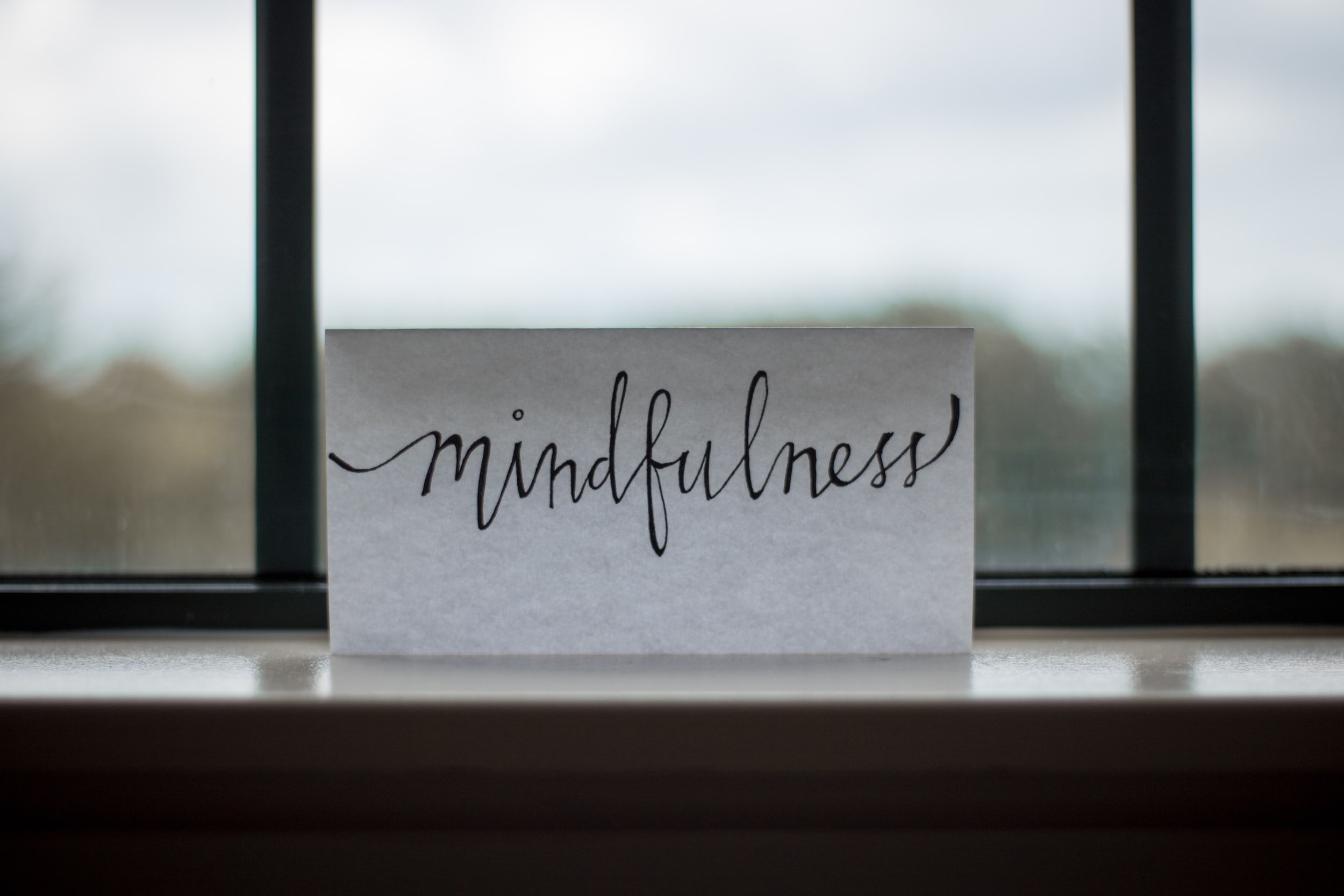In today’s fast-paced world, the importance of mental well-being cannot be overstated. As people strive to find effective ways to alleviate stress, anxiety, and other mental health challenges, a growing body of research is uncovering the benefits of combining mindfulness with bilateral stimulation techniques. This powerful combination has the potential to enhance the effectiveness of mindfulness sessions, offering individuals a valuable tool to promote their overall mental health and well-being.
Understanding Bilateral Stimulation
Bilateral stimulation, often associated with Eye Movement Desensitization and Reprocessing (EMDR) therapy, involves rhythmic left-right or back-and-forth movements to stimulate the brain’s bilateral hemispheres. These movements can take various forms, such as eye movements, tapping, auditory tones, or physical sensations. Bilateral stimulation activates both sides of the brain simultaneously, facilitating the processing and integration of emotional and cognitive experiences.
The Synergy of Bilateral Stimulation and Mindfulness
Mindfulness, rooted in ancient traditions, involves paying attention to the present moment with non-judgmental awareness. It has been shown to reduce stress, improve emotional regulation, and enhance overall well-being. When combined with bilateral stimulation, mindfulness can become an even more powerful tool for mental health improvement. Here’s how:
1. Heightened Emotional Processing:
Bilateral stimulation can help individuals process and integrate difficult emotions more effectively. By engaging both sides of the brain, it promotes better communication between emotional and rational centers. This enables individuals to navigate challenging emotions during mindfulness sessions with greater ease and self-compassion.
2. Accelerated Trauma Healing:
Trauma can significantly impact mental health, whether from past experiences or ongoing stressors. Bilateral stimulation and mindfulness practices can facilitate reprocessing traumatic memories and reduce their emotional intensity. This combination has shown promise in addressing post-traumatic stress disorder (PTSD) and complex trauma.
3. Enhanced Cognitive Flexibility:
The integration of bilateral stimulation with mindfulness can improve cognitive flexibility and resilience. By stimulating both hemispheres of the brain, this approach can foster neural connections and promote adaptive thinking patterns. As a result, individuals may experience increased creativity, problem-solving abilities, and overall mental agility.
4. Increased Mind-Body Connection:
When incorporated into mindfulness sessions, bilateral stimulation techniques can deepen the mind-body connection. Individuals develop a heightened awareness of their physical experiences by engaging in rhythmic movements or sensations. This sensory and emotional awareness integration promotes a sense of grounding, embodiment, and overall well-being.
5. Stress Reduction and Relaxation:
Stress is a common factor in mental health challenges, and both mindfulness and bilateral stimulation have been independently proven to reduce stress levels. Combining these practices can amplify their stress-reducing effects, allowing individuals to cultivate a greater sense of calm, relaxation, and inner peace.
The synergy between bilateral stimulation techniques and mindfulness practices presents a unique opportunity to enhance mental health and well-being. By incorporating rhythmic movements or sensations into mindfulness sessions, individuals can experience deeper emotional processing, accelerated trauma healing, enhanced cognitive flexibility, increased mind-body connection, and improved stress reduction. As research continues to uncover the benefits of this combination, it is becoming increasingly clear that bilateral stimulation with mindfulness can be a valuable tool for those seeking to enhance their mental health and live more fulfilling lives.




